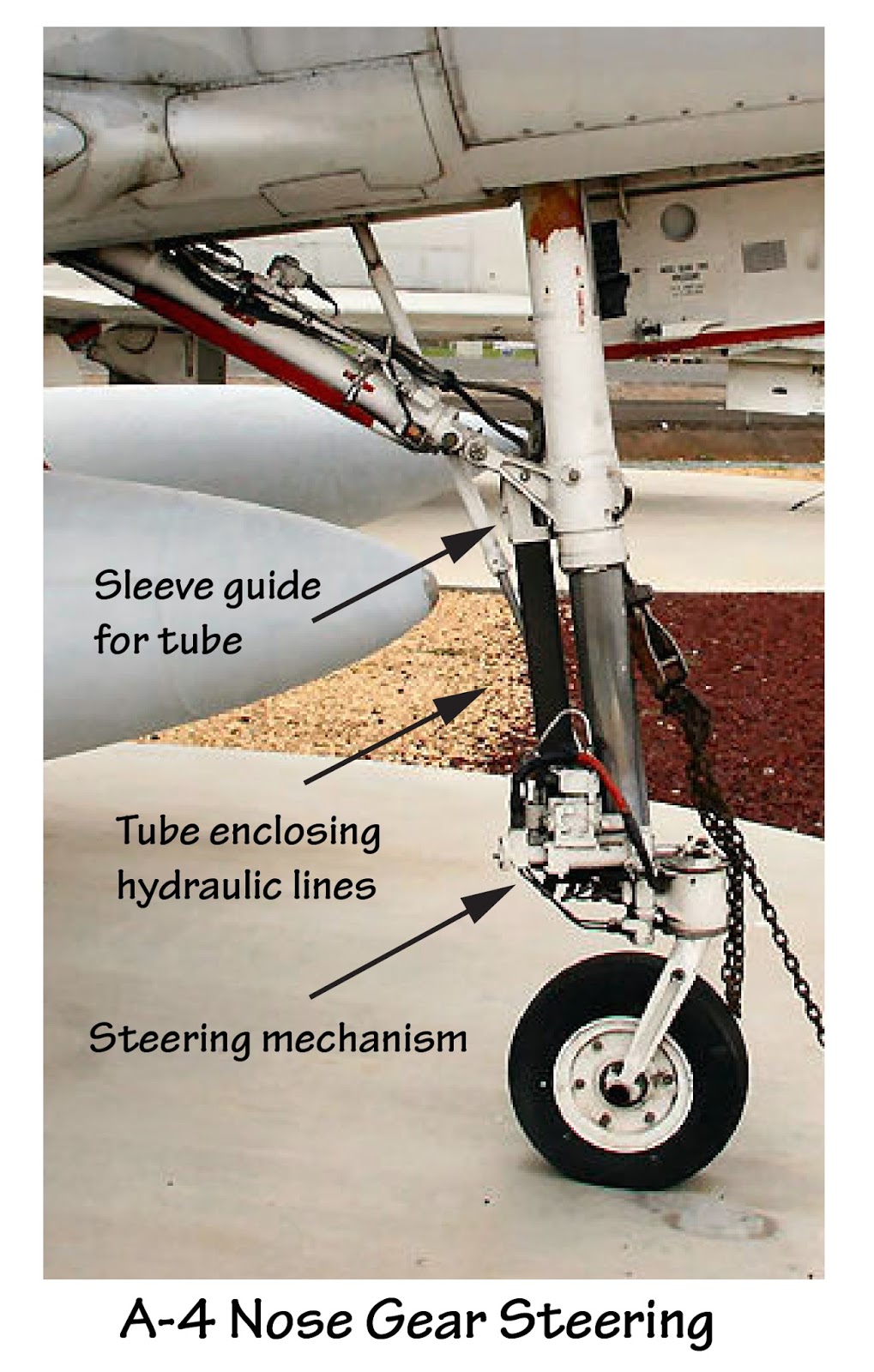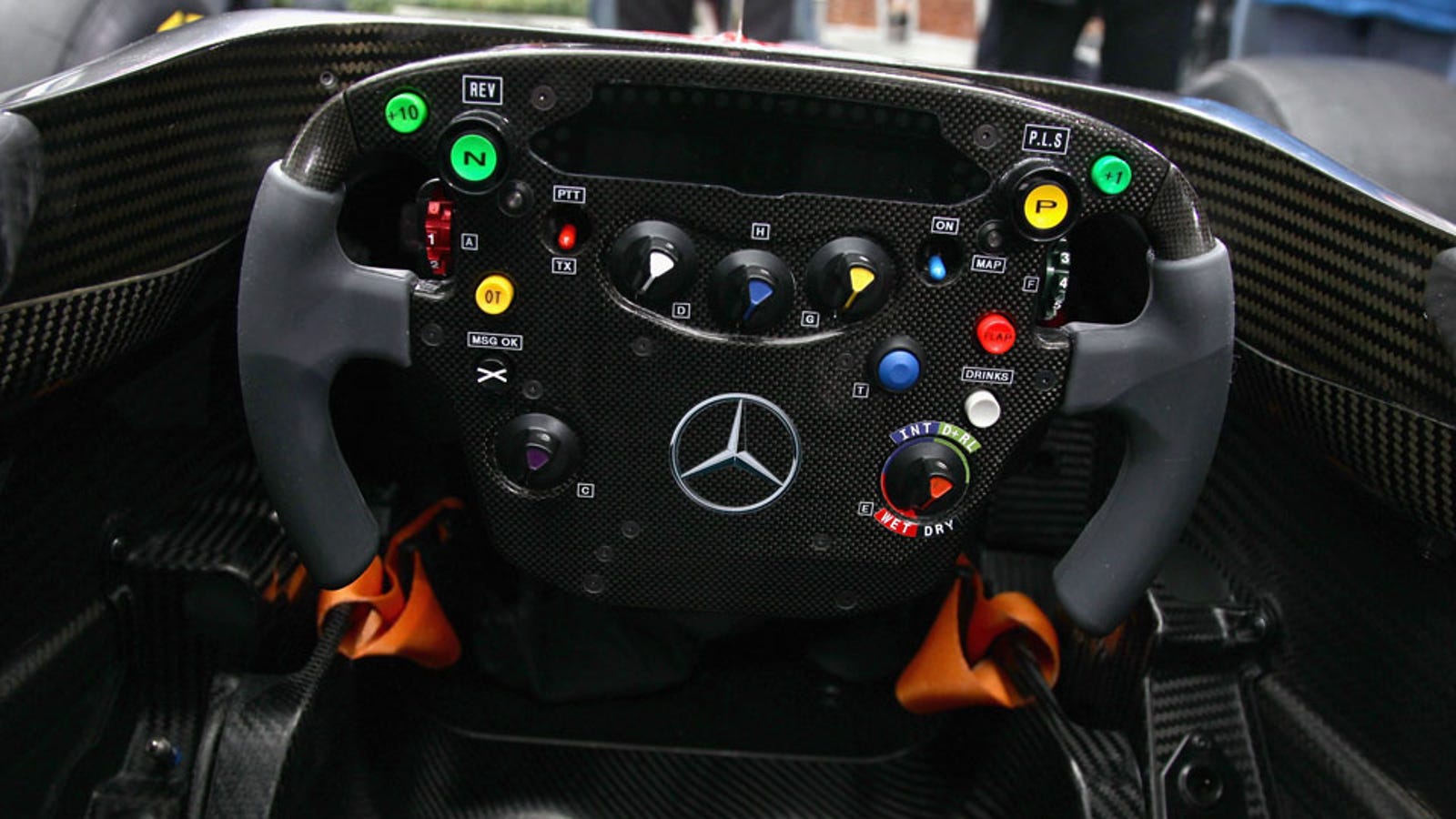Aircraft Nose Wheel Steering Systems

A yoke, alternatively known as a control wheel or a control column, is a device used for piloting some fixed-wing aircraft. [1] The pilot uses the yoke to control the attitude of the plane, usually in both pitch and roll. Rotating the control wheel controls the ailerons and the roll axis.
Aircraft YOKE (Steering wheel), how does it work? Doovi

Know More About Nose Wheel Steering: Design and Operation Fixed Landing Gear Fixed landing gear is a configuration where the landing gear remains extended and fixed in position throughout the entire flight of an aircraft.
U.S. Navy Aircraft History Power Steering

This is why, when learning to taxi an airplane, your car habits can interfere. After all, right in front of you is a steering wheel. Only we call it a yoke. And despite its appearance, its job on the ground couldn't be more different from a car's steering wheel. You can be told that—you can even "know" it on some level—but your.
Cropped image of young male pilot holding steering wheel in airplane

Aircraft are steered by either differential braking or turning the nose gear. The former is satisfactory for tail wheel and light aircraft, although it is now common practice to equip even the light planes with a form of nose gear steering.
Steering Wheel • 192829 Model A Ford

Large commercial aircraft utilize a method of maneuvering called tiller steering. A small wheel, named the tiller, can control which direction the nose is pointing as an aircraft moves forward. This facilitates a particularly smooth and controlled turning experience, including tight taxiway turns.
Inside The Cockpit Of The Snall Airplane The Steering Wheel Of The

The direction of motion of a bicycle is chiefly controlled with the handlebar which turns the direction of the front wheel, steering the bicycle. Steering can also be achieved by leaning the bicycle. Part of a car steering mechanism: tie rod, steering arm, king pin axis (using ball joints). Steering is the control of the direction of locomotion.. A conventional automotive steering arrangement.
Aircraft Nose Wheel Steering Systems

Aircraft Steering and Brake Systems. Here at NMG, our Machined & Hydraulic Products Division manufactures steering components, brakes, wheel and brake sleeves, axle cover sleeves, and undercarriage actuation for military and commercial aircraft. We also offer assembly and testing services. Most notably, we offer the unique ability to offer.
Free Images wood, car, vehicle, steering wheel, spokes, brass, steam

The steering wheel is typically located in the center of the control panel in the cockpit and is connected to the plane's control surfaces, such as the elevators and ailerons. The steering wheel is also used to control the flaps and landing gear during takeoff and landing.
The 50,000 steering wheels of Formula 1

Cut a cheap USB pc racing game wheel down to a quarter of the arc and you've got a tiller for not much money which looks like the real thing.. it feels great in your hand and steers the aircraft around the ground in a very realistic manner. Tension is good, increasing as the tiller moves thru the radius, always returning to zero without any.
Steering Wheel Aircraft Pilots Control Cabin Dashboards Stock Photo

Published May 22, 2020 Most people would read this question and immediately think - nope, airplanes do not have steering wheels. However, you might be surprised to learn that passenger aircraft actually do have a steering wheel in the cockpit, for when the plane is 'driving' around on the tarmac. How does it work?
Original Airplane Steering Wheel From the AN12 Aircraft Etsy

An airplane's tiller is a steering wheel in the cockpit, and while it works the same way as the one in your car, it looks a lot different. It's a small wheel or crank lying flat on the side of the control panel, and the pilot only uses one hand to operate it.
Inside the Cockpit of the Snall Airplane. the Steering Wheel of the

The short answer In a nutshell, with wheels on the ground, an aircraft is steered with what is known as a "tiller." This device is found at the flight deck and is equivalent to the steering wheel of a car but is designed to be operated with one hand.
Cabin Aircraft. Steering Wheel Pilot. Dashboard Aircraft. Stock Image

The pilot uses the yoke to control the attitude of the plane, usually in both pitch and roll. Rotating the control wheel controls the ailerons and the roll a.
Steering Wheel, Aircraft, Pilot`s Control Cabin, Dashboards. Stock

Description On aircraft with tricycle configuration landing gear, the nose wheel is either free castoring or, by some mechanism, steerable to facilitate directional control during takeoff and landing and to allow the aircraft to manoeuvre whilst on the ground. Discussion
Aircraft Nose Wheel Steering Systems

If you have ever seen the "steering wheel", the YOKE, of a Boeing 737NG aircraft, you will have noticed that it has a lot of little buttons and numbers on it.
How Nose Wheel Steering Works Aircraft Engineering Flight

There are a variety of ways that aircraft can steer on the ground. Let's take a look at the main methods. The Rudder The rudder is a control surface located on the aircraft's vertical stabilizer (tail fin) that enables an aircraft to rotate around its vertical axis, essentially like moving a car steering wheel to the left or right.